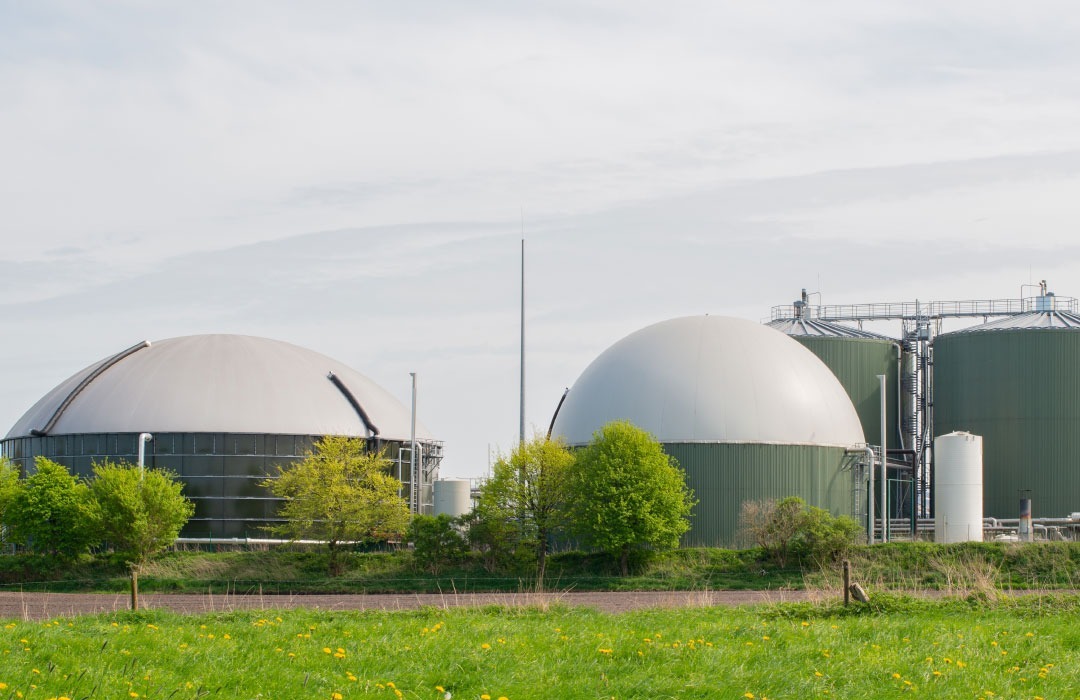The Urgent Need for Sustainable Waste Management
In today’s rapidly growing world, waste management has become a pressing issue. With a growing global population, and affluence being measured based consumption patterns, the amount of waste generated across planet earth is reaching alarming levels. This has led to a rise in environmental concerns and the need for sustainable waste management practices. One such practice is waste to energy (WTE).
For many decades large European and North American cities, as well as others, incinerated waste, without concern for their emissions. These practices are now not socially acceptable. This was done to reduce cost, and some energy was collected.
More WTE practices not only reduce landfill but also make a positive contribution to the circular economy.
What is Waste to Energy?
Waste to energy, in simple terms, is a process of generating energy from waste. This technology involves converting non-recyclable waste materials into usable forms of energy such as electricity, heat, or fuel. WTE not only helps in managing waste but also contributes to the production of renewable energy, reducing the dependence on fossil fuels. WTE aims to minimize emissions into the environment and wants to see zero go to landfill.
The concept of WTE is not new; it has been in existence for over a century. However, with advancements in technology and increasing environmental awareness, WTE has gained more attention in recent years. Today, there are various technologies used for WTE, each with its own set of advantages and limitations.
The WTE Technologies Projects RH has been asked to work with
Given the work that Projects RH does, we have been asked to look at the most modern technologies and consider their benefits and downsides. Given that mainly WTE projects are built for the long term, we are generally asked to assume that the life of the project is 30 years. The financial program, including all loans, must be repaid within a maximum technical life of 20 years, with 75% of the repayment completed within this period.
This means that the loans need to be repaid within 15 years from the date that the plant goes operational – no one expects the technology to remain the same for even 15 years. Our models have all contained a major refurbishment at least every 5 years.
WTE projects very much need a social license. This comes not only from governments but from the local people.
The technologies we have seen, and their benefits are:
-
Incineration:
Incineration is one of the oldest and widely used methods for WTE. This process involves burning waste at high temperatures (up to 1,800°F) in specially designed incinerators. The heat generated from the burning process is then used to produce steam, which drives turbines to generate electricity.
One of the key benefits of incineration is that it reduces the volume of waste by up to 90%, thus minimizing the need for landfills. It also reduces greenhouse gas emissions as incinerators have advanced pollution control systems that capture harmful gases and particles before releasing them into the atmosphere.
-
Gasification:
Gasification is a newer technology that involves heating waste at high temperatures (up to 1,800°F) in an oxygen-starved environment. This process breaks down the waste into a gas known as syngas, which can be used to produce electricity or converted into other forms of energy such as hydrogen or ethanol.
One of the main advantages of gasification is that it can process a wide range of waste materials, including municipal, industrial, and even hazardous waste. It also has lower emissions compared to incineration and produces a higher energy output.
-
Pyrolysis:
Pyrolysis is a similar process to gasification, but it uses lower temperatures (up to 1,000°F) and no oxygen. Waste is heated in an enclosed system, and the resulting gas is condensed into a liquid known as pyrolysis oil or bio-oil. This oil can be used as a fuel or further refined into other forms of energy such as biodiesel.
Pyrolysis has significant advantages over other WTE technologies as it can process almost any type of waste, including plastics and tires. It also produces a high-quality fuel that can be used in various industries. Globally, tires continue to represent a major issue for recyclers. Using pyrolysis, tires can have the metals called “steel belts” removed and the black materials converted into carbon black and oil. The carbon black can be reused, and the oil can be sent for refining and back into the industrial system.
At Projects RH we have had to be careful to explain to potential investors that all applications of pyrolysis are not intended for vehicle tires.
-
Anaerobic Digestion:
Anaerobic digestion (AD) is a biological process that breaks down organic waste in the absence of oxygen. The waste is first collected in an enclosed tank and then mixed with microorganisms and lava that digest the waste and produce biogas, mainly consisting of methane and carbon dioxide. The biogas can be used directly as a fuel or converted into electricity or pure methane and sold as renewable natural gas.
One of the main benefits of AD is that it helps to reduce methane emissions from landfills into the environment, which is a potent greenhouse gas. It also produces a renewable energy source and provides a solution for organic waste management. Organic waste management is a major issue for urban societies and a valuable source of fertilizer for local farmers.
Of all these technologies, incineration and gasification are the most widely used for WTE. At Projects RH our experience is, however, there is no one-size-fits-all solution when it comes to waste management and energy production. The most suitable technology depends on various factors such as the type of waste, the availability of resources, the location and the off-take opportunities. We are seeing demand for biogas and biomass which are more easily stored and used on demand.
At Projects RH, we take pride in helping our clients comprehend the expectations of investors. Typically, investors prefer to utilize the most reliable and proven technology, which must have a creditworthy and reliable off-take partner.
Can biomass energy be stored?
In our modern world, our demand for energy is not constant and we need energy at peak times which don’t coincide with when it can naturally be best produced. We are also looking for energy which we can “take-with-us” to power transport and camp sites etc.
One of the main advantages of biomass energy is that it can be stored and used in a variety of forms, including solid, liquid, and gas. It is also considered to be carbon neutral, meaning that the carbon dioxide released during its combustion is roughly equivalent to the amount absorbed by plants during photosynthesis. However, like any other renewable energy source, biomass has its limitations, one of which is the issue of storage.
The concept of storing biomass energy may seem counterintuitive at first. After all, unlike wind or solar energy, biomass can be produced on demand and does not rely on external factors such as weather conditions. However, there are several reasons why the storage of biomass energy is essential for its widespread use.
Firstly, some biomass production is highly seasonal. For example, sugarcane residues such as cane are typically only available after harvest season, while forest residues are often only accessible during certain times of the year. This means that without proper storage methods, the availability of biomass fuel can be limited to certain times of the year.
Secondly, biomass power plants need a constant supply of fuel to maintain their operations. In cases where there is a shortage or disruption in the supply of biomass, having a stored reserve can ensure uninterrupted energy production so the system remains operational.
Biogas and bio-oil / biodiesel can cost-effectively be stored. Storing biomass energy also allows for flexibility in terms of transportation and distribution. Biomass power plants are not always located near the source of biomass production, therefore storing it at a central location can make transportation more efficient and cost-effective.
Projects RH has worked with plants situated near gas pipelines, which allow the energy system operator to purchase and store gas. One of the biggest challenges for biogas and biodiesel producers is to ensure uniform and standardized production to meet quality requirements. Unfortunately, meeting these standards is not optional and may determine that all fee stock cannot be accepted.
So, the question remains, can biomass energy be stored? The answer is yes, but the process is not as straightforward as simply filling up a tank or a battery. Unlike other forms of energy, biomass is not a uniform substance and can vary greatly in terms of composition, moisture content, and density. This creates unique challenges when it comes to storing biomass.
Start at the beginning
Waste in agriculture and societies is something we will need to manage and WTE will remain a part of the ongoing energy solution. It is important to understand that our energy system will receive multiple suppliers on multiple products from multiple sources.
In the case of WTE the key lies in having a cost effective and community acceptable way to minimize the impact on the environment of unmanaged waste. WTE produces various streams of waste to different forms of energy. It needs to be part of the mix and how this energy is provided to the community will depend on local conditions.
The key to its success will rely on it being commercial and in many cases, this will depend on achieving carbon credits (CC’s) or receiving community service obligation (CSO) payments. In each investment opportunity CC’s value and those of the CSO will depend on the local environment.
I guess this is why at Projects RH we start as always by building a financial model.
If you have a biomass project, please send you materials to paulraftery@projectsrh.com and then book a time to speak at https://outlook.office365.com/owa/calendar/PaulRafteryProjectsRH@projectsrh.com/bookings/ Please allow me 24 hours to send a link and read your summary.
Gain Investor Confidence with Projects RH: Effectively prepare your biomass-to-energy project for success in securing the funding you require. Unlock the power of biomass and join the exciting journey toward a more sustainable tomorrow!
Disclaimer: The ideas and underlying gist are original and generated by a human author, and reviewed by a human editor. The organization, grammar, and presentation may have been enhanced by the use of AI.




